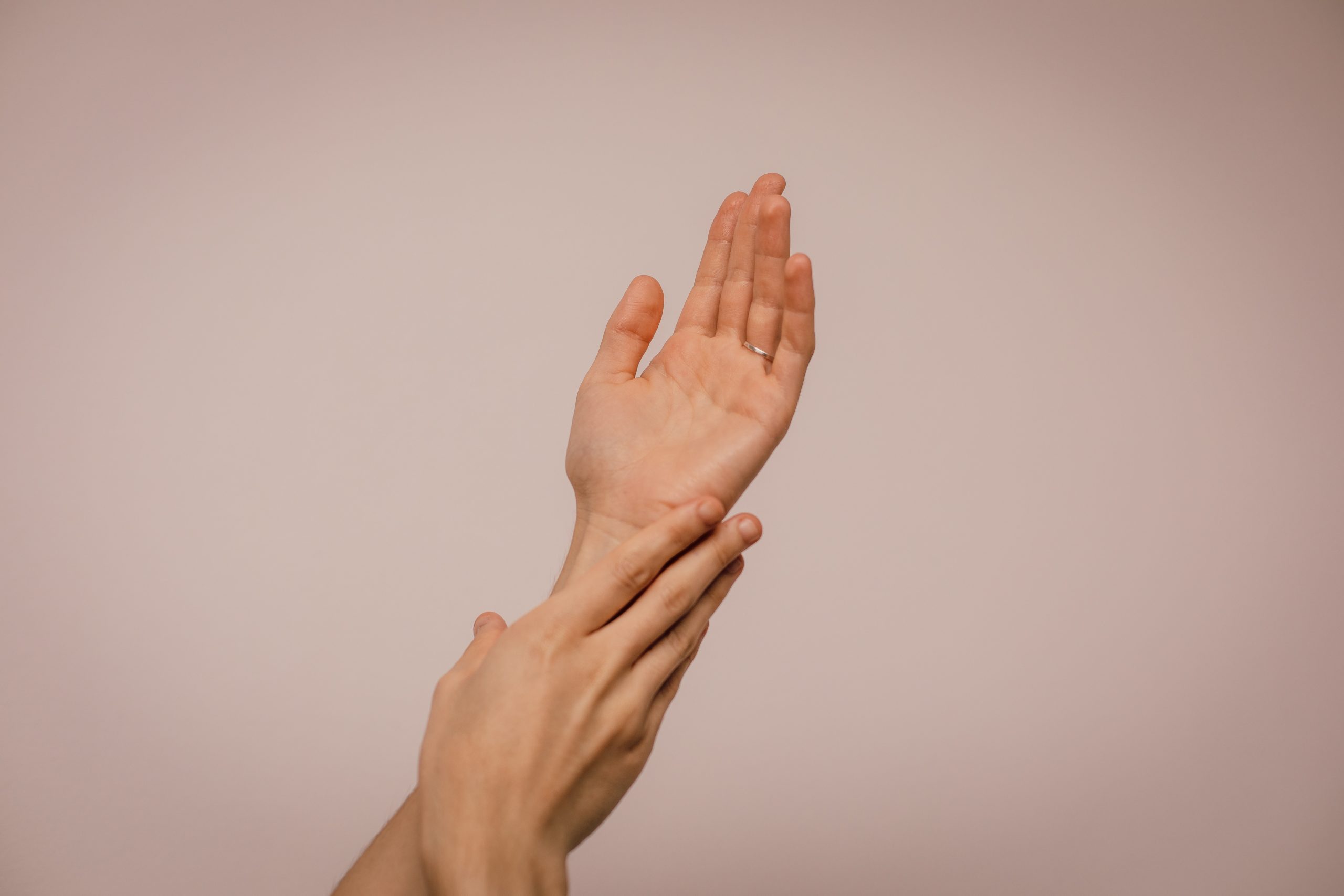Joint pain? Morning stiffness? Difficulty moving?
Homeopathy can help with pain relief in certain rheumatic diseases. The origin or aetiology of rheumatism diseases are unknown – they are autoimmune diseases that put our body into a state of chronic inflammation. The inflammation appears in the joints and the muscles. Patients develop joint pain, stiffness and mobility difficulties. Because of its systemic nature, chronic inflammation can spread to other parts of our body, such as our peripheral nervous system, our heart, our respiratory system, our skin and our eyes. It is a destructive disease that can, over time, cause damage to our different organs. Within rheumatic disease, we can find a large spectrum of conditions (a list of these can be found on Wikipedia). Amongst these, those that commonly affect our patients are rheumatoid arthritis, ankylosing spondylitis and polyarthritis.
Rheumatoid arthritis (RA)
This is a chronic autoimmune inflammatory disease that begins with an inflammation of the synovial membrane (part of the joint structure) that extends to other joint structures and bones, the joint cartilage, ligaments and tendons, causing them to deteriorate. This is a disease that appears most frequently in people between the ages of 45 and 55, but it can also affect children and the elderly. The most common clinical symptoms are morning stiffness, constant joint pain, swelling and heat around the inflamed joints, weight loss and tiredness. Ankylosing spondylitis, also known as rheumatoid pelvis-spondylitis, is a form of chronic rheumatism that affects the rachis and sacroiliac joints. Men tend to suffer from this condition more commonly than women. It is a genetic disease that is detected through the presence of the B27-HLA antigen, which is also present in psoriatic rheumatism and acute anterior uveitis. Rheumatoid polyarthritis is a systemic, chronic disease of unknown origin. It is an autoimmune disease in which the affected serum and joint fluid contain Anti-IgG. Rheumatoid polyarthritis affects women in particular.
Homeopathy and rheumatology
Conventional treatment involves the use of anti-inflammatory and pain-relieving medication to tackle the pain, swelling and deterioration of the joints and the area around the joint. In these types of diseases, homeopathy has limited effects. However, it can be used as a coadjutant in conventional treatment such as painkillers, chemotherapy, physiotherapy, surgery… In this case, the main objective of homeopathy is to reduce the need for painkillers, which in turn reduces the many side effects this type of medication has.
Which homeopathic medicines can relieve pain?
In ankylosing spondylitis
Homeopathic treatment will do little to delay the evolution of this progressive disease, but numerous patients have noticed a reduction of pain when the treatment is given ahead of time. It seems that with homeopathy, there is a slight stabilisation of the symptoms, meaning that the patient will need fewer painkillers. Medicines that are used locally include Rhus toxicodendron, for morning stiffness. Apis mellifica, for inflammation. Radium bromatum, for weakness in the lumbar region. Dulcamara, when symptoms worsen in damp conditions. Calcarea fluorica has tropism for the spine. It can treat fibrosis of the ligaments and joint tissues. The pain is intensified when movement commences and when the environment is cold and damp. The pain is relieved with constant movement. This is a medicine that is indicated for growing pains. Base medication Sycotic reactional mode, due to the slow and gradual development of the disease: Thuya, Natrum sulfuricum and Medorrhinum. Psoric reactional mode, due to the fact it is a chronic inflammation that sometimes evolves in bursts and has a strong affinity with cartilage: Sulfur and Sulphur iodatum.
In rheumatoid polyarthritis
We won’t carry out homeopathic treatment if the disease is evolving quickly and severely and the patient is taking painkillers, gold salts, corticoids or even immunosuppressive drugs. On the other hand, if polyarthritis is evolving slowly, we can conduct a background treatment. Rheumatoid polyarthritis can exhibit reasonably long periods of remission, in which case the effectiveness of the treatment would be questionable. Medicines that can alleviate symptoms: Locally acting medicines: Bryonia alba, due to its tropism for the serous membranes. Calcarea fluorics, for dystrophy and bone deterioration. Base medication: For outbreaks, the frequency of inflammation phases, alternation with other organs (respiratory tract, the eyes…)






